News coverage #1 News coverage #2 • view overview video of tape recorder collection • mobile video • more info
The Impact of Sound
Education |
How Sound Recording has impacted Education
With the invention of recorded sound, educators were able to start bringing sound recordings into the classroom. From the beginning with records, then to audio-cassettes, then to CD’s, up until now with mp3’s and digitally streamed recordings; recorded sound has enabled teachers to start bringing in content that some students never would have been introduced to otherwise. Josh Sturgill
|
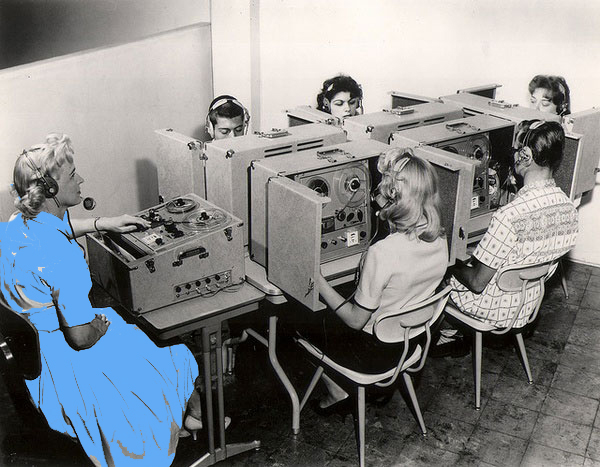 |
Music classes can use recorded sound to make available proper, full-scale performances, which can lead class discussions freely across centuries of pieces of music, while maintaining a true perspective and permitting the recognition of proper dimensions. With the use of recorded sound, it is possible to discuss the history of music not only with the knowledgeable student who has assembled his/her impressions earlier in the concert hall, but also with the inexperienced student who must become acquainted with the literature of music in the classroom.
Reading classes have been using audiobooks for a while in class; specifically with struggling students. “The use of audiobooks with struggling, reluctant, or second-language learners is powerful since they act as a scaffold that allows students to read above their actual reading level” (Beers, 1998). Listening to narrators demonstrate proficient reading on audiobooks allows students access to stories they might be unable to read on their own. Audiobooks also help stretch growing attention spans and flex critical thinking skills. “Teachers and parents are encouraged to use audiobooks because they expose readers to new vocabulary. As new words are heard in the context of a story they become part of a child’s oral and eventually written vocabularies” (Serafini, 2004).
Recorded sounds offers students a much higher level of control over the way they use the material. Provided the students have access, either individually or in groups, to sound recordings, students can listen when where, how and as often as they like. The technology also allows students to stop, start, rewind and fast forward through the recording. This ability makes it much easier for a teacher to integrate the use of audio with other learning materials (e.g. handouts), and learning activities (e.g. reading, writing, applying what they’ve learned, practicing skills, sharing and discussing ideas and experiences).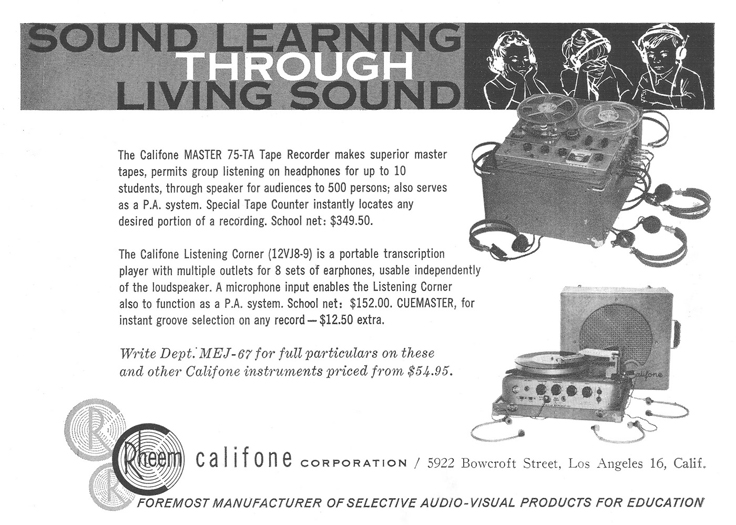
With the Internet, sound recording in Podcast format have really taken off lately. The term Podcast refers to an audio recording, linked to the Web, that can be downloaded to a personal MP3 player (Gordon, 2007). With a podcast, students can listen to a teacher outside the boundaries of school. Families can even hear what their children are learning about at school.
Solely teachers and professors in education anymore are not the only people using Podcasting. Now, teachers are having their students design their own podcasts. “Educators must train students to know their audience, pick a theme, research talking points, and practice. Organization is key too. Like speeches, podcasts require a beginning, middle, and conclusion” (Villano, 2008). Student, after finishing high school are going on to college to study to become audio engineers, audio technicians, sound technicians. These careers have people working in the field that are proficient with different types of recording media, such as analog tape, digital multitrack recorders, and computer knowledge. With the introduction of the digital age, it has become more and more important for people in the sound recording field to be versed in the understanding of software and hardware integration.
Sound recording has been around for a little over one hundred years. In this time it has grown tremendously from its analog beginnings to its current digital structure. Over the course of sound recordings existence, humanity has seen its impact on culture through the way it has affected the music industry to the way it has been used in education. One wonders with the incredible speed that sound recording has transformed from over a hundred years ago to now, what sound recording will look like in five years, twenty years, even another one hundred years; will it be recognizable to what it is today?
Josh Sturgill
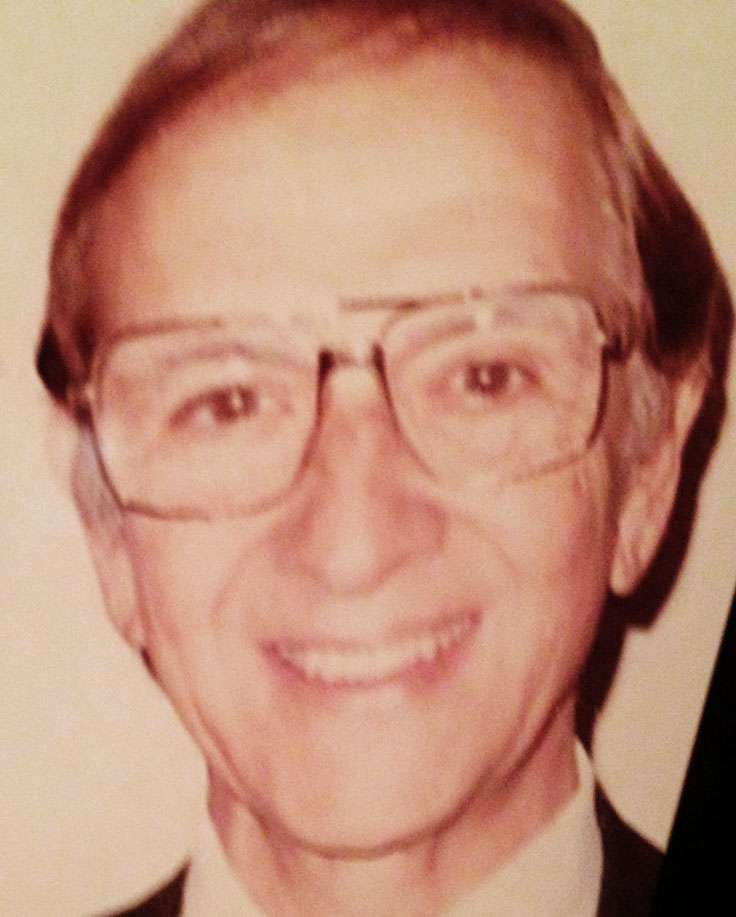 Metzner Founds Califone
Metzner Founds Califone
On March 21, 1947 with backing from his mother and a friend, Bill Maas, Robert Metzner (pictured left in the 1940's) founded Califone Corporation which later became the educational products division of Roberts Recorders.
Califone is still in business today and manufactures state-of-the-art consumer audio components and, was the first U.S. company to offer a reel-to-reel tape recorder and solid state radio tuners to the general public. Metzner's Califone company provided transcription turntables.
more about Robert G. Metzner
Here are some photos from the early Califone factory from Califone International.
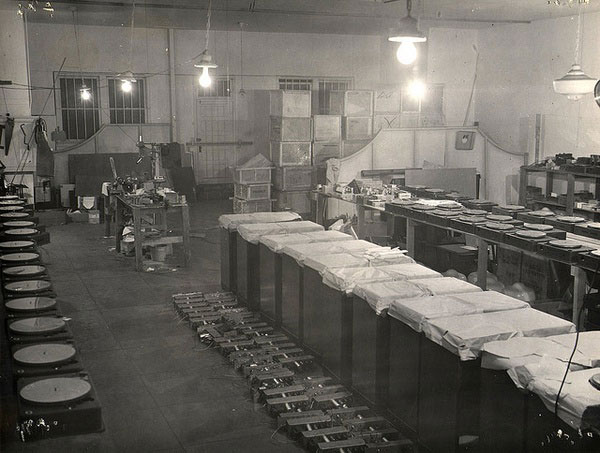
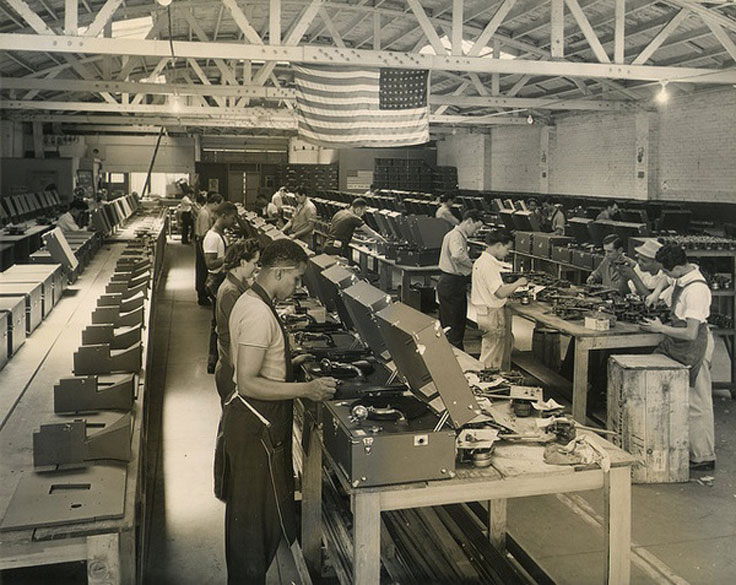
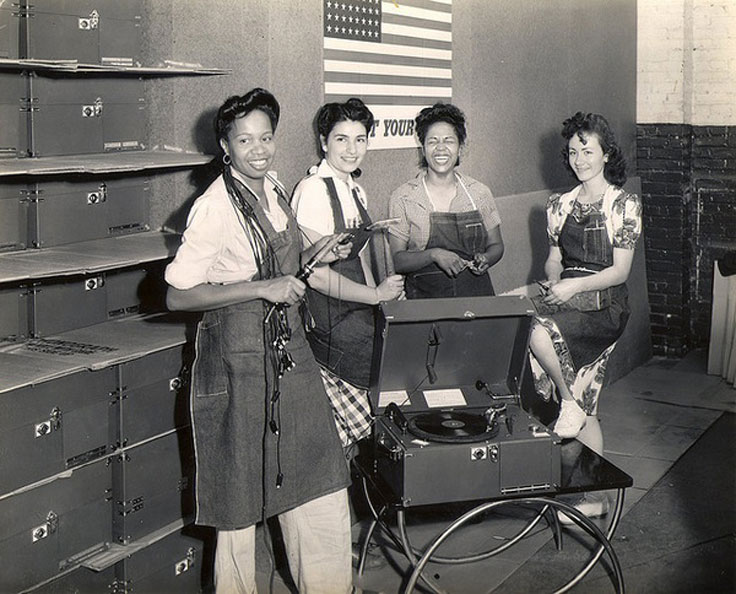
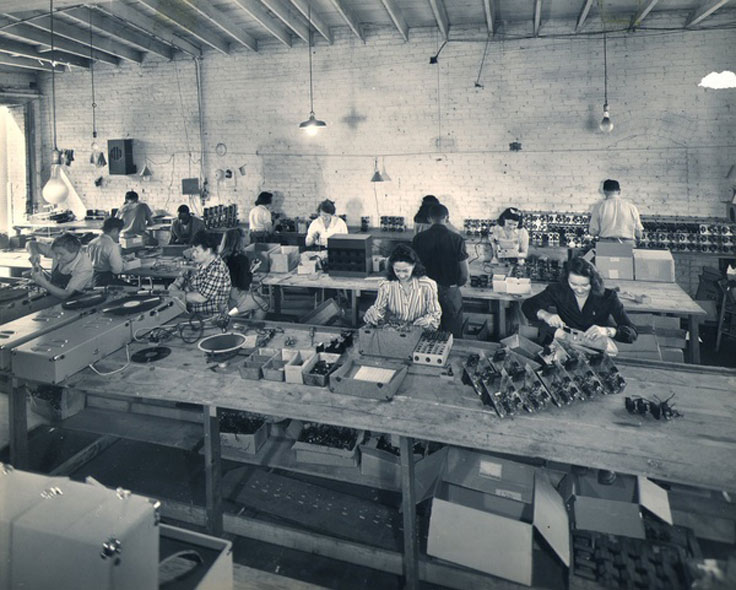
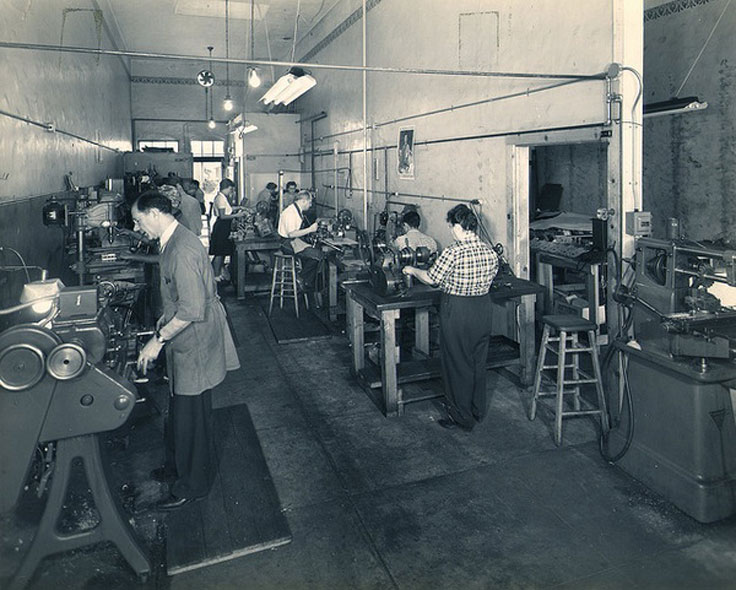
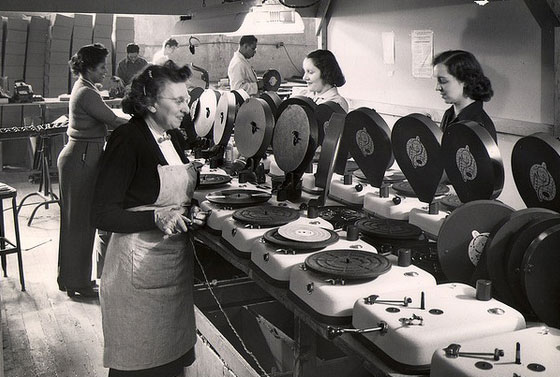
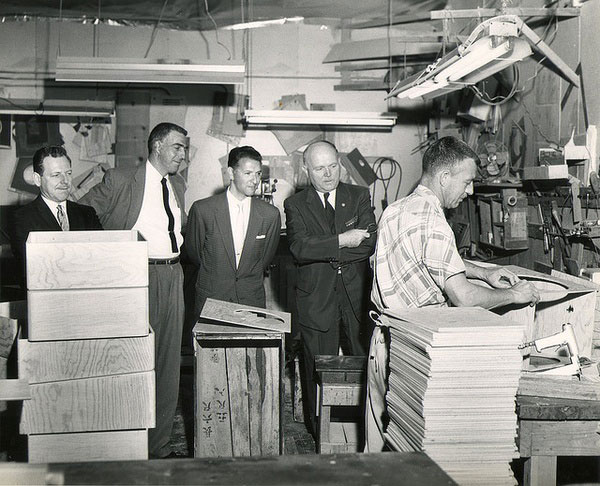
photos - Califone International



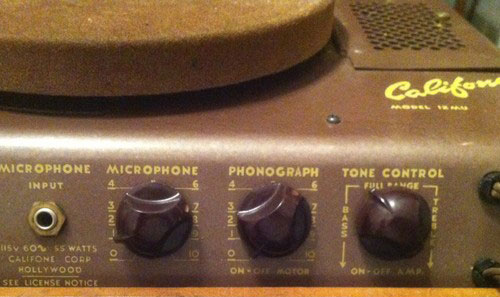
Califone products in use VIDEO
Go to sound recording's impact on Broadcasting • Film • Music • Science
Please help us make this Museum of Magnetic Sound Recording a reality - Support US!
Go to the MOMSR Indiegogo project • News coverage #1 News coverage #2 • view overview video of tape recorder collection • mobile video • more info

